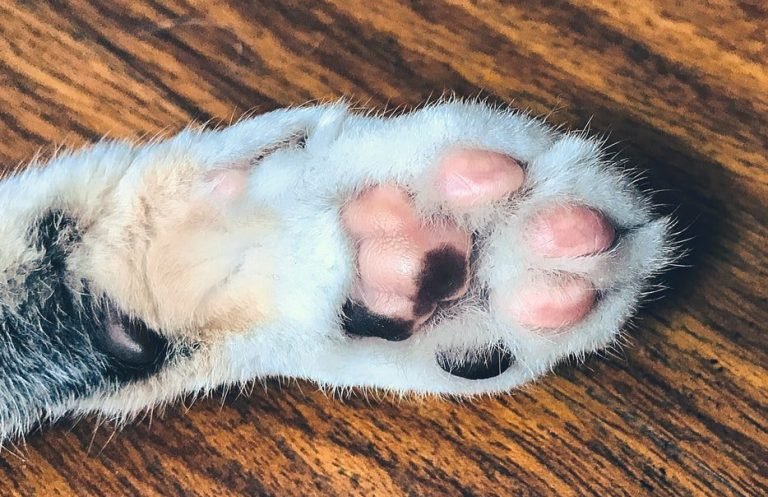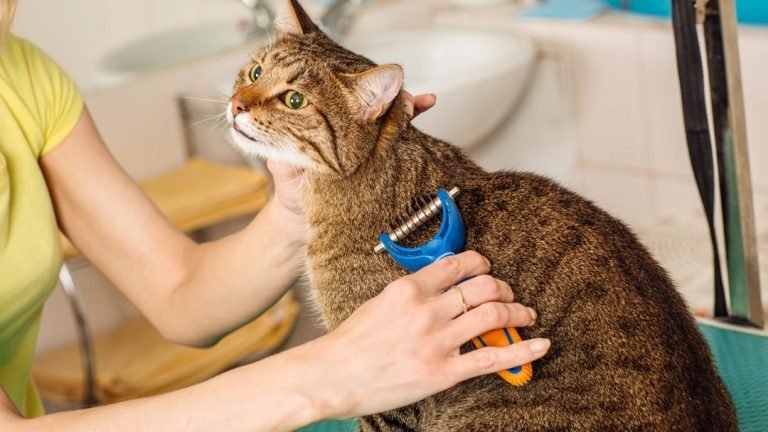How to Litter Train a Kitten
Bringing a new kitten home is exciting. But then you think about litter box training. It can seem like a big job. Here’s the truth: don’t wait. The sooner you start, the better. You will avoid messes and your kitten will learn fast. It’s really not as hard as you might think.
Supplies You’ll Need to Litter Train
Litter Box
Start with a fresh cat litter box for your kitten. Never use an old one from another cat. If your kitten seems hesitant or shy about getting in, just take off the lid. Once they are fully trained and comfortable, you can put the lid back on.
Cat Litter
The market has many kinds of cat litter. You can find simple non-clumping or clumping types. There are also eco-friendly options. Most cats aren’t too picky about the kind you choose. But be warned, they might get fussy if you change it later on.
Before you buy, do some looking around. You want a litter that’s simple to clean. It should also help keep smells down. We find clumping litters work best. They form clumps around the waste, making clean-up easier and trapping odors. For more choices, check out our guides on the best clumping cat litters and the best biodegradable & flushable cat litters.
Treats and Toys
Any good training uses positive rewards. This works great for kittens too. Get some small treats for your kitten. If you don’t want to use specific treats, a few pieces of their regular dry food will also work well.
How to Litter Train Your Kitten
Your kitten needs to see the litter box right when they arrive home. Pick a permanent spot for it. Moving the box can confuse your kitten later on.
Watch your kitten closely. Stick to a routine. If you notice your kitten pacing, sniffing the floor, or meowing, they probably need to go. Gently place them in their litter box.
Always put your kitten in the litter box after they eat. Also, do this after they wake up from a nap. These are common times for them to relieve themselves.
When your kitten does use the litter box, give them a small treat or a toy. Always remember to praise them. Cats respond very well to a calm, positive voice.
Accidents happen. If your kitten goes outside the box, don’t yell at them. Negative reactions make training much harder. Just pick your kitten up and take them to the litter box right away.
Clean up any accidents completely. Use an enzyme-based cleaner. This removes all lingering smells. If the smell stays, your kitten might keep using that same spot for future accidents.
Keep the litter box clean. Scoop out soiled litter daily. Ideally, remove it as soon as you see it, especially in the beginning. If litter spills out, or your kitten makes a mess outside, an enzyme cleaner is helpful. A cat litter mat can also help catch loose litter and make cleaning easier.
Be Patient
Most kittens learn how to use a litter box quickly. The process often goes faster than new owners expect. Still, don’t get upset if your kitten doesn’t get it right away. They will understand it soon, often quicker than you think.







